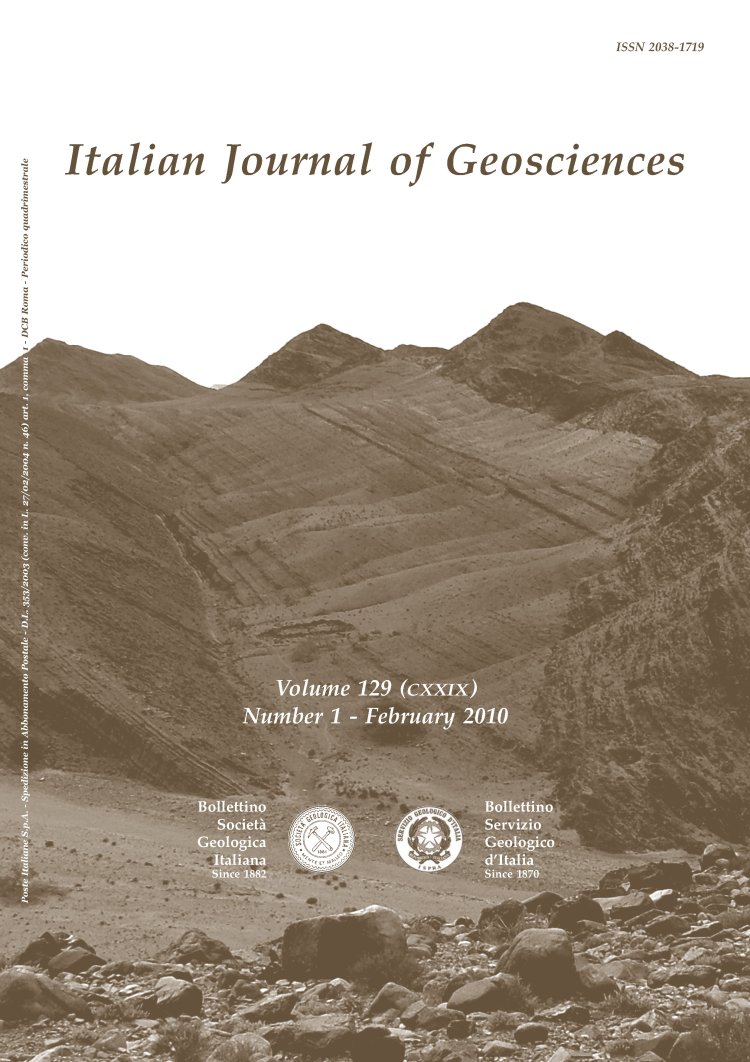
Rhodolith-rich lithofacies of the Porto Badisco Calcarenites (upper Chattian, Salento, southern Italy)
Marco Brandano(1), Michele Morsilli(2), Grazia Vannucci(3), Mariano Parente(4), Francesca Bosellini(5) & Guillem Mateu-Vicens(6)
(1) Dipartimento di Scienze della Terra, Università di Roma
«La Sapienza», P.le Aldo Moro, 5 - I-00185 Roma; marco.brandano@
uniroma1.it
(2) Dipartimento di Scienze della Terra, Università di Ferrara,
Ferrara, Italy.
(3) Dipartimento per lo Studio del Territorio e delle sue Risorse, Università di Genova, Genova, Italy.
(4) Dipartimento di Scienze della Terra, Università di Napoli «Federico II», Napoli, Italy.
(5) Dipartimento di Scienze della Terra, Università di Modena e Reggio Emilia, Modena, Italy.
(6) Department of Geosciences, Bremen University, Loebener Straße, D-28359 Bremen, Germany.
Volume: 129 (2010) f.1
Pages: 119-131
Abstract
This study describes the rhodolith-rich lithofacies of the Porto Badisco Calcarenites, an upper Chattian rhodalgal/larger foraminiferaldominated unit exposed in the southern part of the Apulia Carbonate Platform (Salento Peninsula, Italy). The lensoid rhodolith-rich lithosome at the base of the studied section is made of rhodolith rudstone and floatstone which infill a channel-like depression inherited from the substrate.
Changes in the texture of the rhodolith facies and in the inner structure of the rhodoliths reflect variations in submarine current velocity across the section of the channel. Inherited topography controlled both the locus and the mode of rhodolith accumulation.
The rhodolith lithosome is bounded by a flat surface above which rhodoliths are notably absent and beds are tabular. This implies that rhodolith accumulation ended as soon as substrate topography was completely levelled off. The taxonomic composition of the red algal and larger foraminiferal assemblages suggests that the rhodolith-rich unit deposited in the oligophotic zone. The abundance of tropical genera among the coralline algae (Lithoporella and Sporolithon) and the high diversity of larger foraminiferal assemblages indicate that the deposition of the Porto Badisco Calcarenites took place in the warm waters of the tropical to subtropical zone.
Keywords
Rhodoliths, coralline algae, larger benthic foraminifera, Oligocene, Apulia Platform, southern Italy.
Get Full Text